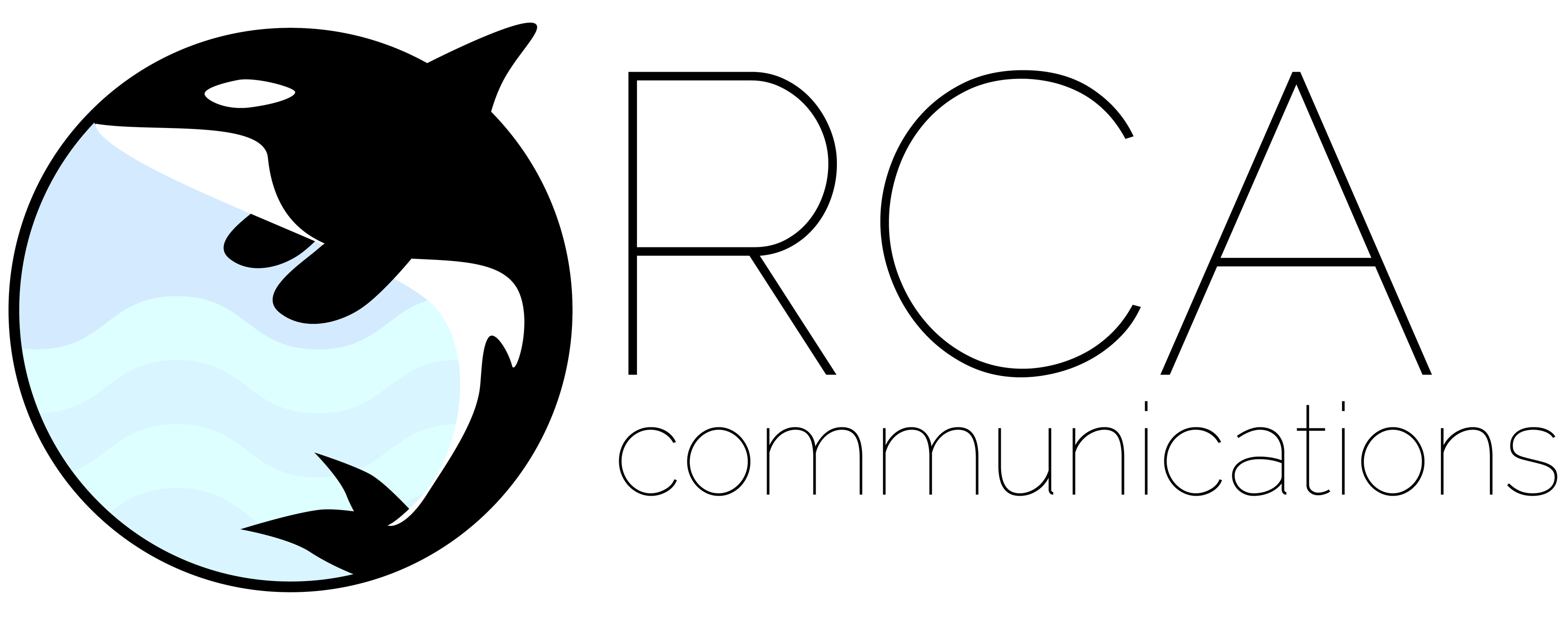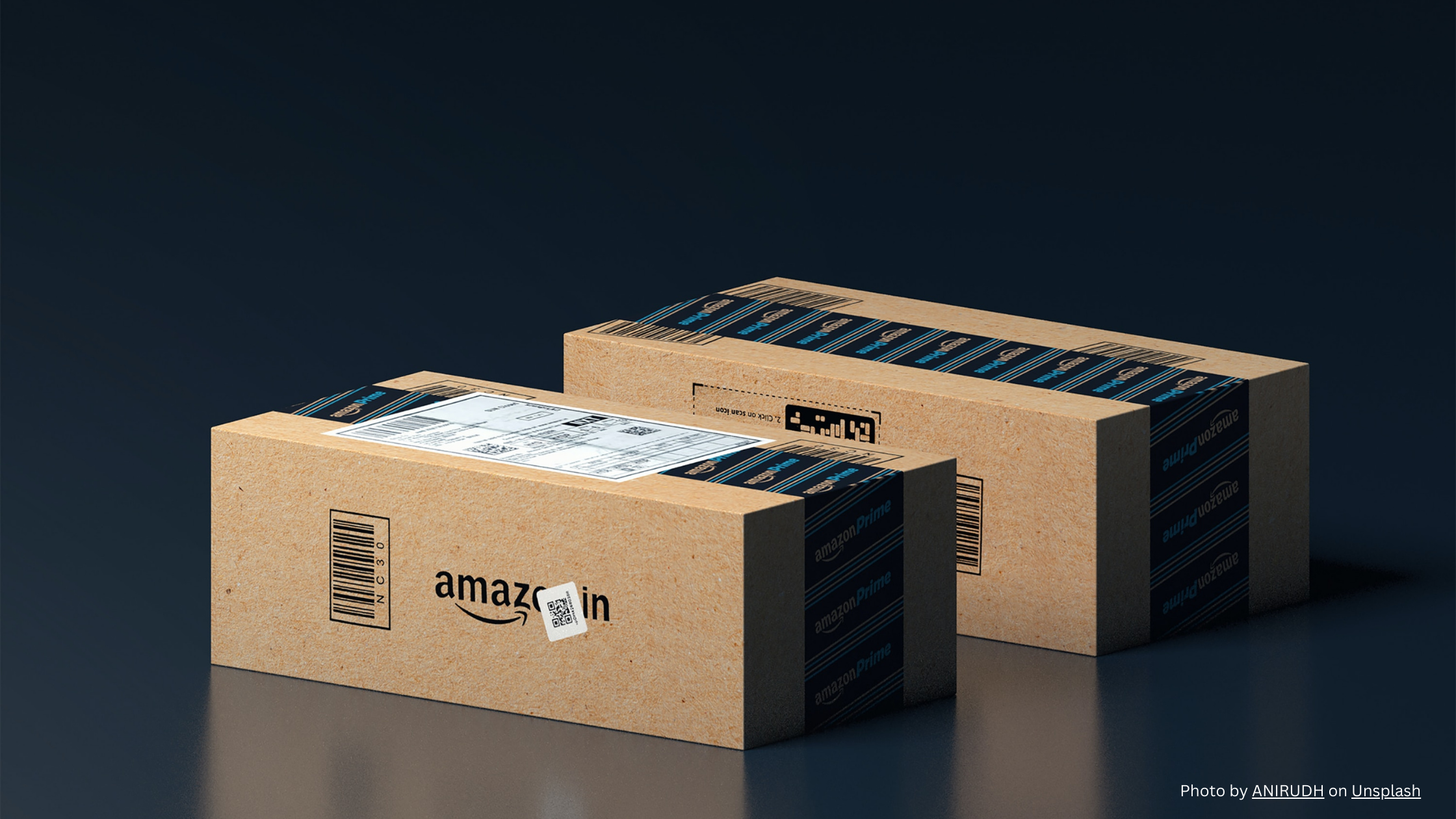When to Start Prepping for Amazon Prime Day
ORCA COMMUNICATIONS INVITED ECOMMERCE AND AMAZON SELLING EXPERT PHIL MASIELLO TO WRITE A GUEST POST SHARING HIS EXPERTISE ON AMAZON RETAIL MARKETING AND HOW TO PREPARE FOR THE UPCOMING AMAZON PRIME DAY 2023.
Written by Phill Masiello, CoFounder, CrunchGrowth
Amazon Prime Day is an annual event that has become one of the year’s biggest shopping days. It’s a two-day sale exclusive to Amazon Prime members, where they can access amazing deals on top brands and small businesses. Millions of shoppers take advantage of these exclusive offers and discounts every year. Amazon Prime Day has become the second-largest sales day after Black Friday for Amazon.
When is Amazon Prime Day 2023?
Prime Day usually takes place in July. Although there has yet to be an official announcement for 2023, Prime Day is expected to be sometime in mid-July. Knowing when Prime Day will be held is important for shoppers and sellers alike so they can plan ahead and prepare for the event.
When Should Sellers Start Preparing for Amazon Prime Day?
For sellers, preparing for Prime Day planning should begin in January, depending on the category you sell in. Some products have a longer manufacturing lead time than others, and electronics may require six months or more to receive the inventory needed.
Sellers need to create a strategy that outlines their goals and objectives and optimize their product listings by ensuring they are up-to-date with accurate information and high-quality images. Sellers should also set up promotions or discounts ahead of time and utilize Amazon advertising tools, such as Sponsored Products or Sponsored Brands, to increase visibility during the event. Most importantly, sellers want to make sure that with all of the costs and discounts, they can make a profit.
According to Amazon: “Prime members in the US purchased more than 60,000 items per minute during 2022’s Prime Day event. Some of the best-selling categories in the US on Prime Day were Consumer Electronics, Household Essentials, and Home. Some of the best-selling items were premium beauty brands, including LANEIGE and NuFACE; Apple Watch Series 7; Crest Teeth Whitening and Oral-B electric toothbrushes; kids’ and baby clothing from Simple Joys by Carter’s; Bentgo Kids lunch boxes; Levi’s apparel and accessories; Shark vacuums, air purifiers, and steam mops; Beats by Dre headphones and earbuds; Coleman, Marmot, and ExOfficio outdoor gear and apparel; and construction toys including LEGO sets, Magna-Tiles, and PLAYMOBIL.”
Sellers need to submit their items for inclusion in Prime Day. This submission generally opens up to 3 months in advance of Prime Day.
What Kinds of Products Qualify for Prime Day?
Amazon uses a variety of criteria to determine which products qualify for their annual Prime Day event. Some of the factors considered by Amazon include:
Nationally Available: The product must be available nationally and in New condition.
Discount: Amazon also considers pricing when selecting products for Prime Day. They look for competitively priced products compared to similar products in their category. Amazon also encourages sellers to offer a discount of at least 20% off the standard price during Prime Day and no more than 80% off the non-prime, non-promotional price. The Prime Deal price must be the lowest in the prevailing 30 days, including any sales or deal pricing.
Positive Reviews and Ratings: Products must have at least a 3.5-star rating, and your seller feedback rating must be a least four stars. Amazon values customer feedback, and products with great reviews and ratings are likelier to sell well during Prime Day.
Availability and Inventory: Amazon also looks at the availability and inventory of a product when deciding whether to include it in Prime Day deals. Products readily available and with an extensive inventory are more likely to be included in Prime Day deals.
The perks of being a Prime Day product include increased sales, exposure, and visibility for the product and the seller’s brand. Prime Day can also help sellers attract new customers and increase their customer base, leading to long-term growth and profitability.
Marketing Strategy for Amazon Prime Day
Leverage Amazon’s Marketing Tools: Amazon offers various advertising tools for brands and sellers to promote their products on the platform. Utilize these options, such as Sponsored Products, Sponsored Brands, and Sponsored Display ads, to increase visibility during Prime Day. These options are efficient and cost-effective ways to reach potential customers and boost sales.
Maximize Social Media: Social media platforms, such as Facebook, Instagram, and Twitter, are powerful tools for reaching new audiences. Create eye-catching visuals and engaging content to promote Prime Day deals on social media to attract potential customers. Social media influencers can also significantly increase reach and promote products to a larger audience.
Utilize PPC Advertisements: PPC advertising is online advertising in which brands only pay when users click on their ads. This is a great way to reach potential customers interested in similar products. Targeting specific keywords, products, or interests makes it possible to achieve a highly targeted audience and increase sales during Prime Day.
Leverage Affiliate Marketing: Affiliate marketing allows brands to partner with other websites or influencers to promote their products. This approach can be a great way to reach new audiences and earn commissions for referring sales to your Amazon store.
While utilizing all these platforms can be beneficial, choosing a platform to focus on is crucial. Each platform caters to different audiences, so it’s essential to understand and identify the target audience before starting the campaign.
For example, Facebook and Instagram are ideal for reaching younger demographics, whereas LinkedIn is best for B2B marketing. It’s also important to research competitors on each platform and decides which platform will most effectively reach your target audience.
Regarding recommendations, Amazon’s advertising tools are the most effective, as they are proven to increase visibility and drive sales on Amazon. Social media platforms can also be valuable tools to increase brand awareness and reach new audiences. PPC ads work best for reaching customers who are already searching for similar products. In contrast, affiliate marketing is a great way to leverage third-party promotion to expand the product’s reach.
Tips for a Successful Advertising Campaign:
- Focus on creating eye-catching visuals and persuasive messaging to stand out
- Target the right audience by using specific keywords and demographic filters
- Ensure that all product listings are optimized for Prime Day with accurate and updated information
- Set realistic budget limits and monitor progress to avoid overspending
- Offer exclusive deals or discounts to incentivize customers to shop during Prime Day
Overall, a multi-channel approach that utilizes Amazon’s advertising tools, social media, PPC ads, and affiliate marketing can drive significant business growth during Prime Day. By understanding the target audience and competition within each platform, executing a successful advertising campaign with compelling messaging and creative visuals can increase brand awareness and drive more sales.
Amazon Prime Day allows brands and sellers to sell many products, and it has also become an excellent opportunity for consumers to find fantastic deals and start holiday shopping. It is never too early to plan for events like Prime Day.
Phil Masiello, the founder and CEO of Crunchgrowth Revenue Acceleration Agency,
has a long history of success in the business world. His expertise includes Ecommerce, mobile application marketing, Amazon Seller marketing, and revenue growth. He has authored several books including his most recent title: “Empires and Entrepreneurs: How Business Shaped the World: Stories of Entrepreneurs and Entrepreneurship Throughout History.”

